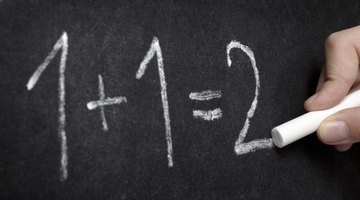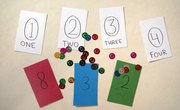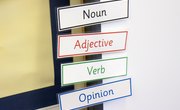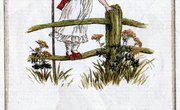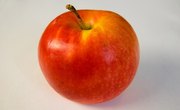Common core standards require kindergarten students to recognize and understand number sentences. In kindergarten, this is limited to simple addition and subtraction equations. To help kindergarteners become familiar with number sentences, make sure the children are exposed to them through a wide range of activities.
Large Motor Activities
Practice large motor skills by having your students line up in the correct order to represent a simple number sentence. Give each of five children a notecard with either a number or symbol on it. For example, to create the number sentence 2+3=5, hand one child a card with the number 2, another with the "+" sign, and the rest with the numbers 3, 5 and the "=" sign. Then, ask the children to put themselves in the proper order to create the number sentence. Another way to practice "movement math" is to have the students chant, clap, stomp and slap number sentences as you practice reciting them.
Fine Motor Activities
To introduce number sentences, have students practice putting small objects into groups. Use manipulatives such as small plastic shape blocks or tiles. Give each child the same number of manipulatives in multiple colors, and ask the children to sort the items by color. Ask the children to count how many of each color are in each pile. The answer might be four red shapes and three orange shapes. Finally, talk about how 4+3=7. Ask older kindergarteners who are more familiar with number sentences to use the manipulatives to create examples of simple equations. For example, you might ask them to sort shapes to create a representation of 3+1=4, which might look like three triangle blocks in one group and one rectangle block set apart from the triangle group.
Art Activities
Take advantage of your young students' imaginations by using activities to introduce and reinforce the concept of number sentences. Read them the story of the "Three Little Pigs." Ask them to draw a picture based on what you read. Remind them that when the wolf blew down the house of straw, the pig ran to join his friend in the house of sticks. Give the students some twigs to paste onto a piece of paper, and then encourage them to draw two pigs inside the house. Advanced students might write "1+1=2" underneath the picture. Or create number sentence collages out of paper shapes or stickers such as hearts and stars. Then ask students to write number sentences based on what they created. For example, they might have used two star stickers plus one heart sticker, so they would write 2+1=3.
Reading Activities
You can integrate phonics with math for multidisciplinary results. For example, ask the children to read a simple word such as "dad." Ask them to count the number of d's in the word, and then the number of a's. Point out that two d's plus one "a" equals three letters in the word "dad." Then, write the equation 2+1=3 on the white board. Another way to integrate phonics and math is to go on a letter hunt in the classroom. Ask the students to find things that start with a letter "t" and the letter "b." After counting the number of "b" items, write that down next to the number of "t" items and create a number sentence. Talk about how many "t" and "b" items you found as you recite the sentence.

